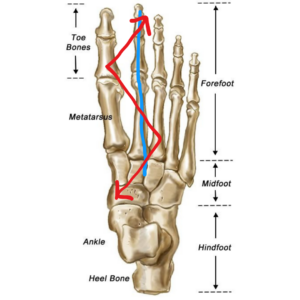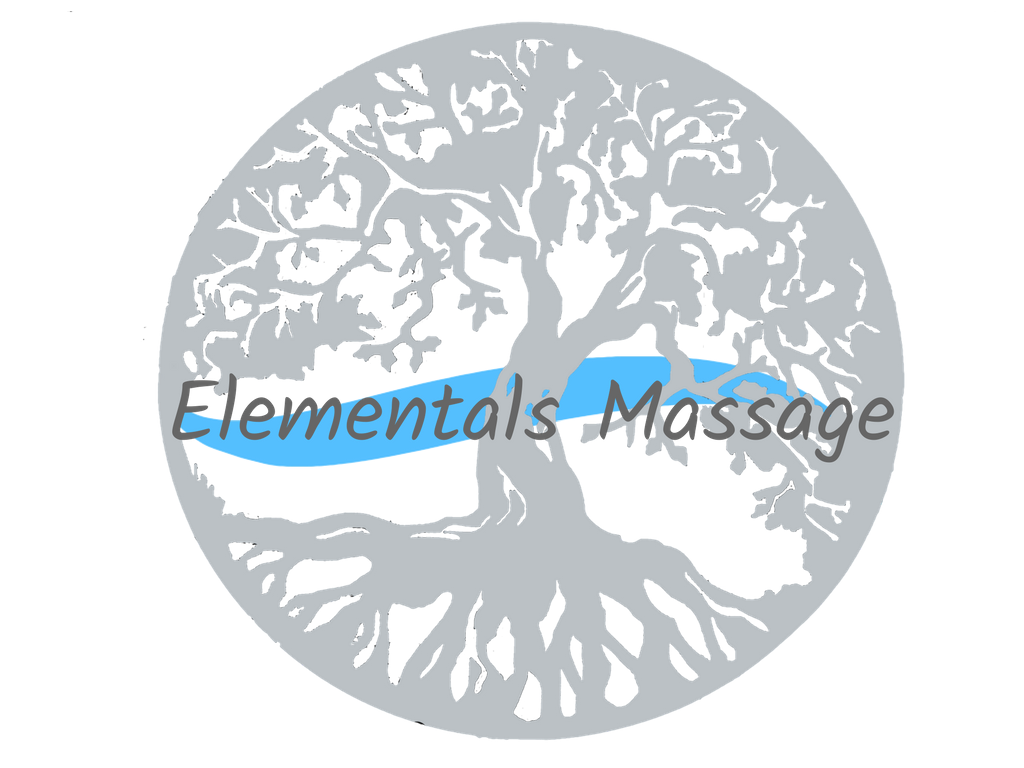This week we’re diving into the massage techniques I used to help Danny prepare for his Krav Maga black belt test. As a reminder, in October of 2023, my husband Danny severely jammed his right foot’s 2nd and 3rd toes less than 2 weeks before his big test. Our goal was to get his foot as healthy as possible before his test.
Along with the supportive care discussed last week and multiple chiropractic visits, we utilized a few different massage techniques to help repair the damaged soft tissue; CranioSacral Therapy, Active Isolated Stretching, positional release, lymphatic drainage, and Swedish massage. Please note, that massage is contraindicated within the 1st 48 hours after a traumatic injury. Not only can massage increase acute inflammation during this time but because of elevated endorphin levels in the system, there is an increased risk of causing further damage to the tissue. That’s why we concentrated on supportive care for the first couple of days.
After The 1st 48 Hours:
We started treatment gently with manual lymphatic drainage. This modality uses around 5 grams of pressure to pull lymphatic fluid through the body. The lymphatic system not only pulls metabolic waste out of the tissue, but it also takes fresh nutrient-rich fluid back into the tissue. Think of it like this: lymph fluid will internally “wash” the injury, then apply “medicine’ in the form of fresh nutrients. This supported and was supported by the IR Light Therapy mentioned last week.
The next step was to use CranioSacral Therapy to support the restructuring of the fascial or connective tissue in the foot. This modality also uses around 5 grams of pressure. In this situation, I monitored the tissue movement to identify and disrupt any trauma movement patterns caused by the impact as well as supporting corrective movements. Both the lymphatic and CranioSacral modalities were used on the entire foot and ankle areas, and even into the calf.
 Once these movements started to settle and the bruising came to the surface, we added in some more intensive, (but still gentle) and targeted techniques. I started with basic Swedish effleurage of the foot to relax and warm up the tissue and went into some positional release of the soft tissue connected to the phalanges, (toe bones), metatarsals (the foot bones directly above the phalanges), and the tarsals, (bones of the arch of the foot). Positional release simply means treating in the direction of ease. We determined which directional movements were the most comfortable for Danny which also happened to follow the impact pattern, (See image.), then gently compressed the tissue in that direction until the tissue softened and relaxed. This was supported by the new shoes.
Once these movements started to settle and the bruising came to the surface, we added in some more intensive, (but still gentle) and targeted techniques. I started with basic Swedish effleurage of the foot to relax and warm up the tissue and went into some positional release of the soft tissue connected to the phalanges, (toe bones), metatarsals (the foot bones directly above the phalanges), and the tarsals, (bones of the arch of the foot). Positional release simply means treating in the direction of ease. We determined which directional movements were the most comfortable for Danny which also happened to follow the impact pattern, (See image.), then gently compressed the tissue in that direction until the tissue softened and relaxed. This was supported by the new shoes.
In addition to the techniques above, we used some Active Isolated Stretches to lengthen the soft tissue around all of the foot bones. This opened up the space encouraging more blood flow and increased joint mobility and flexibility, further reducing pain. This helped the foot into a more natural and healthy shape again, supported by the wider shoes.
Next week we’ll look at the chiropractic treatments used by TruRoots.
